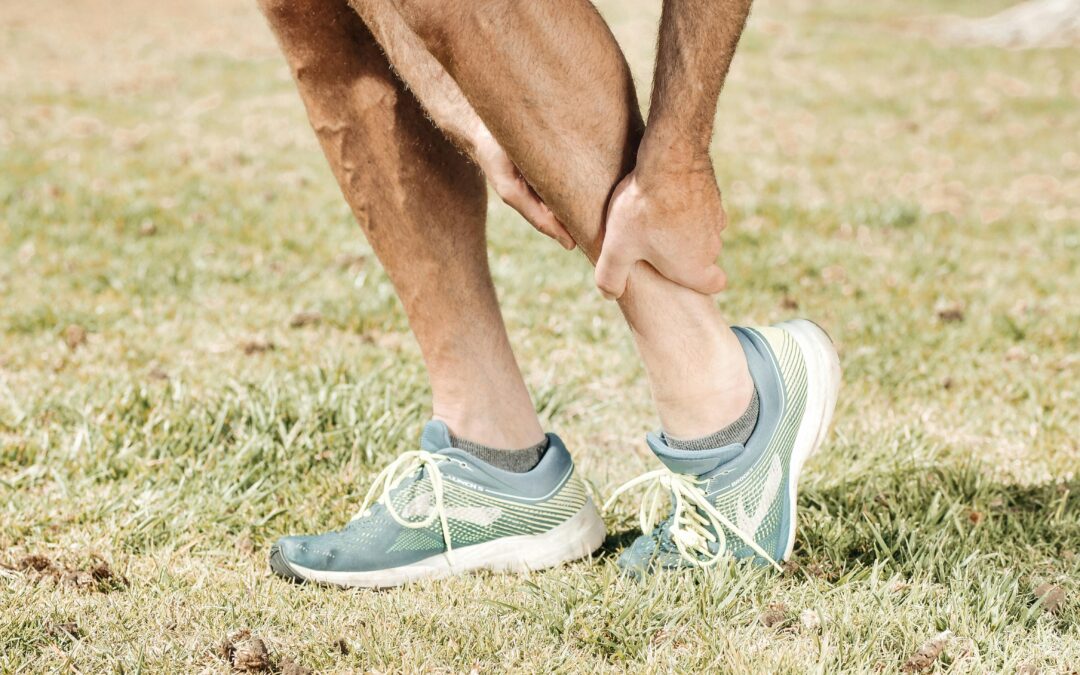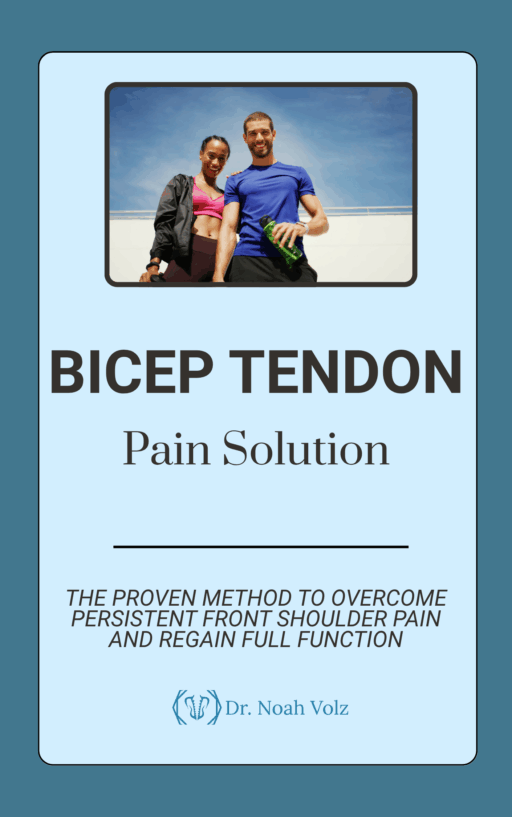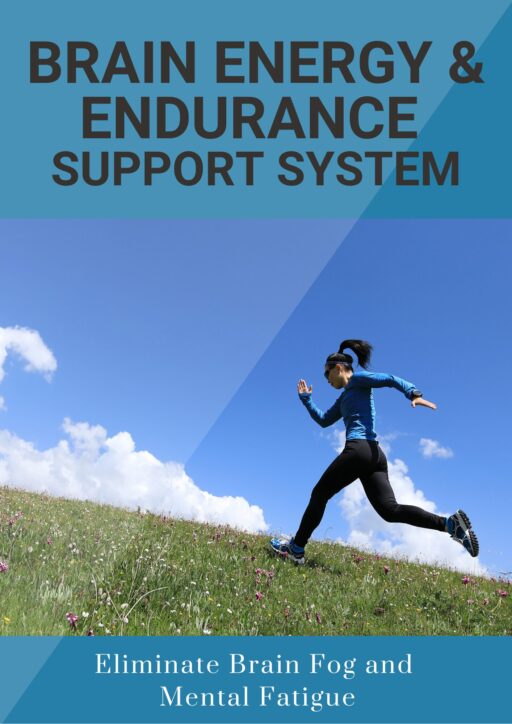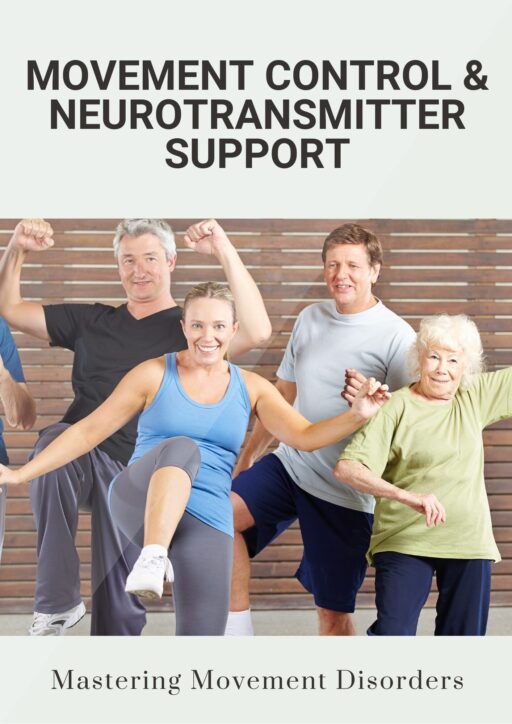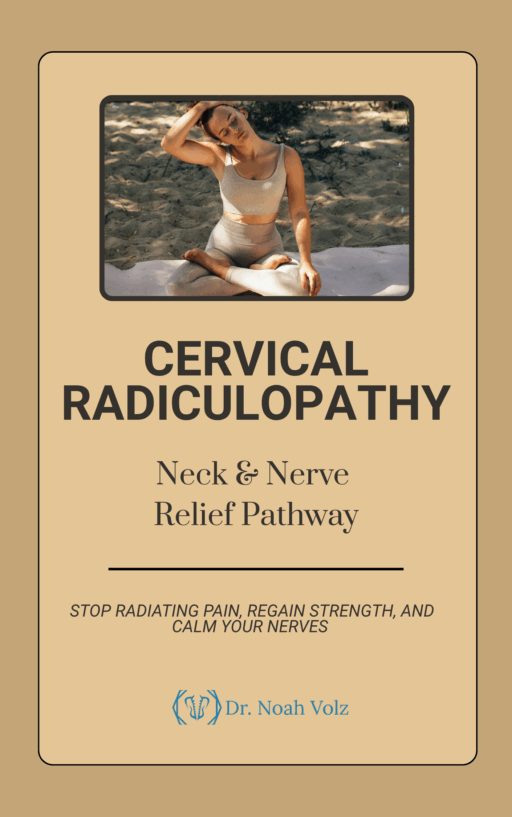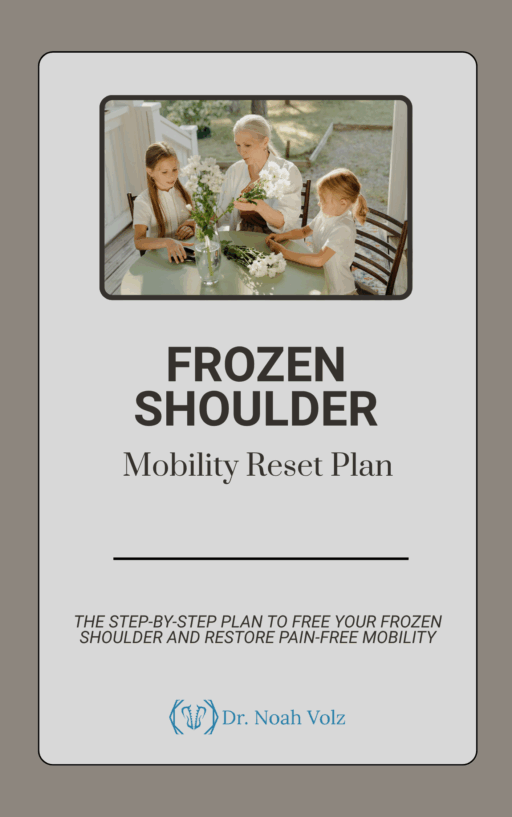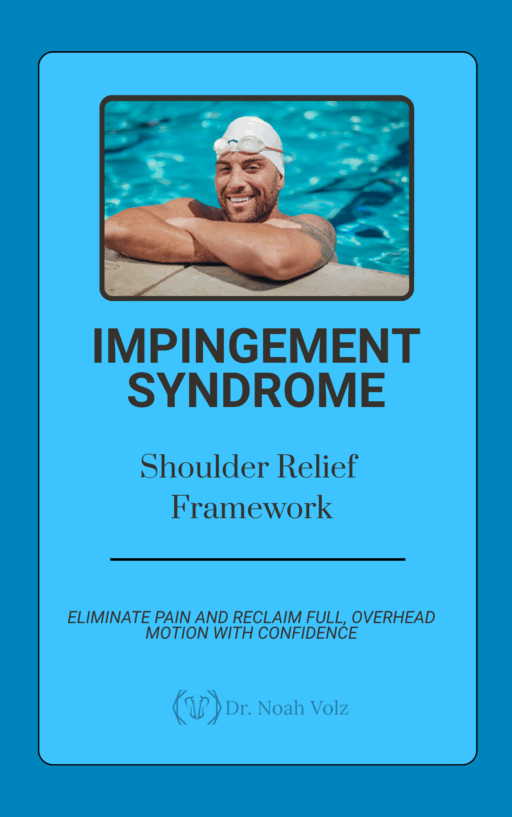Many of us have been conditioned to believe that rest is the best medicine for an injury. But the truth is, too much rest can slow recovery and even make things worse. Instead of immobilization, controlled movement is the key to healing properly and returning to full function. Let’s explore why movement matters and how to use it wisely in recovery.
Myth #1: Resting an Injury is the Fastest Way to Heal
Fact: Prolonged Rest Leads to Weakness and Stiffness
While short-term rest is important immediately after an injury to reduce swelling and prevent further damage, long-term rest can actually delay healing. When tissues aren’t stimulated through movement, they lose strength, blood flow decreases, and stiffness sets in. This leads to a slower recovery and a higher risk of re-injury when activity resumes.
Research from Parker Seminars highlights that strategic movement promotes circulation, tissue repair, and neuromuscular re-education, all of which are essential for healing. Instead of total rest, the goal should be to move in a controlled and progressive manner to stimulate recovery without aggravating the injury.
Myth #2: Pain Means Stop Moving
Fact: The Right Kind of Movement Can Reduce Pain
It’s natural to avoid movement when something hurts. However, gentle, intentional movement can actually decrease pain over time. Studies show that controlled activity helps regulate pain signals in the nervous system and prevents the brain from becoming overly sensitive to movement (a phenomenon called central sensitization).
For example, if you have a lower back injury, completely avoiding movement can cause muscles to weaken and become even more painful when you finally start moving again. Instead, gradual movements like pelvic tilts, cat-cow stretches, and supported bridges can increase blood flow, reduce stiffness, and restore function without causing harm.
Myth #3: You Should Wait Until You’re 100% Pain-Free to Move
Fact: Healing Happens Through Movement, Not Before It
Many people hesitate to return to activity until they feel completely pain-free. However, waiting too long can lead to deconditioning, compensations, and increased fear of movement—all of which prolong recovery. Instead, a structured progression of movement should be introduced early to rebuild strength and mobility in a safe way.
Parker Seminars emphasizes the importance of graded exposure to movement, meaning you start with gentle, pain-free activities and gradually build up intensity. For example:
- Phase 1: Controlled Range of Motion – Light movements such as ankle circles, gentle stretching, or isometric holds.
- Phase 2: Low-Load Strengthening – Bodyweight exercises like bridges, resistance band work, or light weight-bearing activity.
- Phase 3: Functional Movement – Reintroducing everyday movements like squatting, reaching, and eventually sport-specific exercises.
The Ideal Recovery Plan: How to Move for Healing
A successful recovery program should balance protection and progressive movement. Here’s how to structure your approach:
- Early Movement – Incorporate gentle, pain-free movements as soon as possible to prevent stiffness and promote circulation.
- Controlled Strengthening – Focus on stabilizing muscles with low-impact exercises tailored to your injury.
- Gradual Load Progression – Slowly reintroduce more demanding movements and weight-bearing activity.
- Neuromuscular Training – Engage in balance and coordination drills to retrain the body and prevent re-injury.
Jake’s Breakthrough: Moving to Heal
Instead of staying immobilized, Jake started a structured movement plan under the guidance of a chiropractor. He focused on gentle mobility drills, progressive strengthening, and functional exercises. Within weeks, his pain decreased, his strength improved, and he felt confident moving again.
For anyone recovering from an injury, the takeaway is clear: rest is rust. Movement—done strategically and progressively—is the key to healing faster, moving better, and preventing future injuries. Rather than waiting for pain to disappear, take control of your recovery through guided, intentional movement. Your body will thank you.
-

Bicep Tendon Pain Solution
$50.00 -

Brain Detoxification & Recovery System
$50.00 -

Brain Energy and Endurance Support System
$50.00 -

Brain-Based Movement and Motor Control Training
$50.00 -

Centralized Low Back Pain
$50.00 -

Cervical Radiculopathy: Neck and Nerve Relief Pathway
$50.00 -

Complex Low Back Pain
$50.00 -

Complex Radiating Low Back Pain
$50.00 -

Cross-Pattern Low Back Pain
$50.00 -

Frozen Shoulder Mobility Reset Plan
$50.00 -

Impingement Syndrome: Shoulder Relief Framework
$50.00 -

Mastering Brain Senses: Rebuild Your Hearing, Vision, and Body Awareness
$50.00

